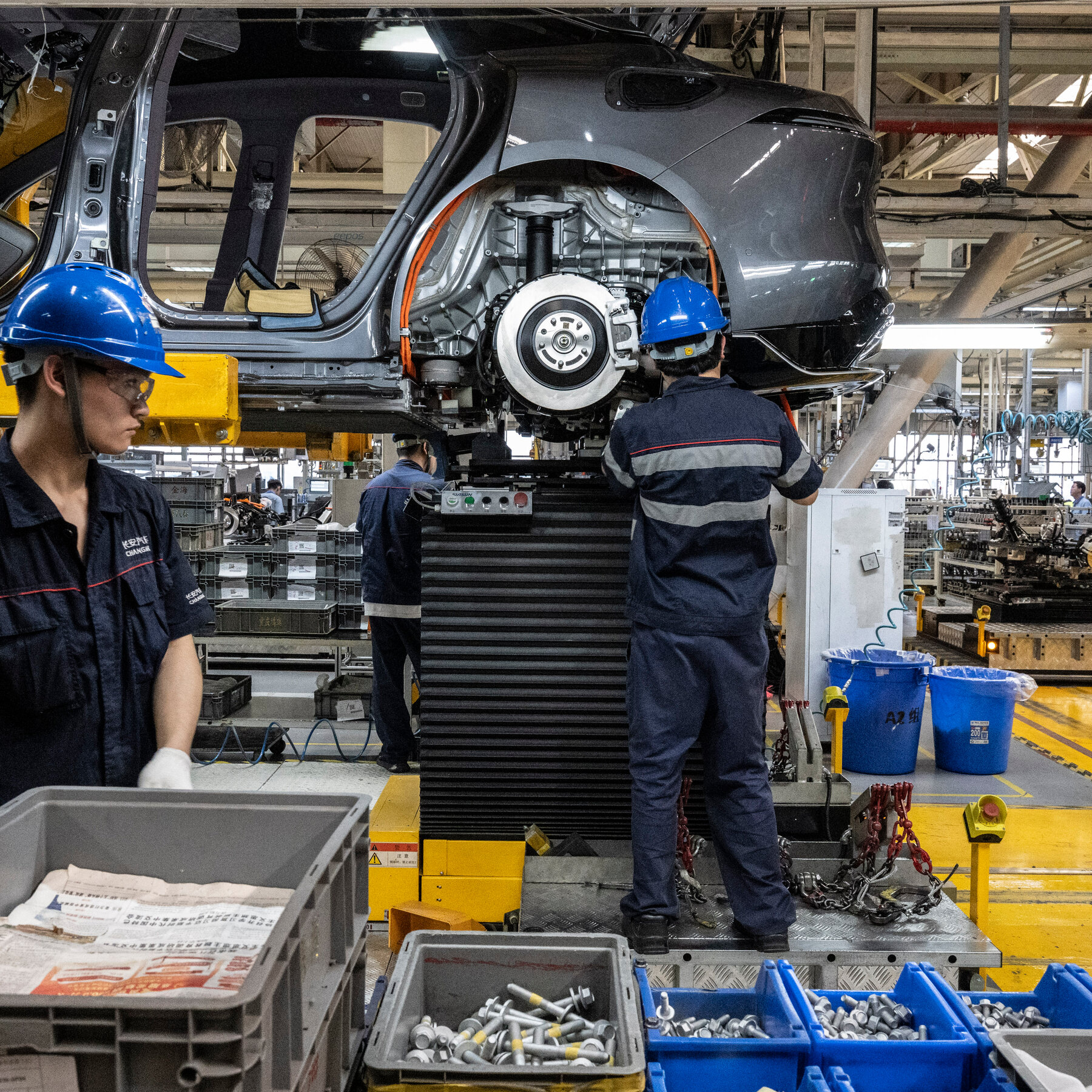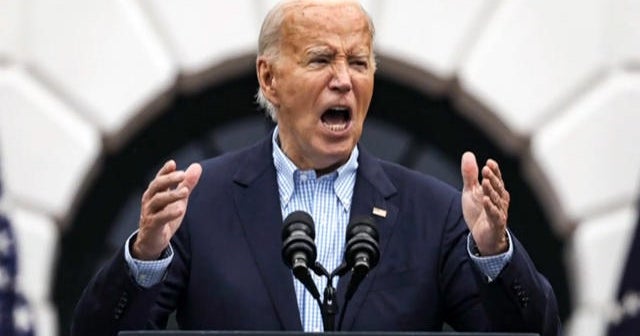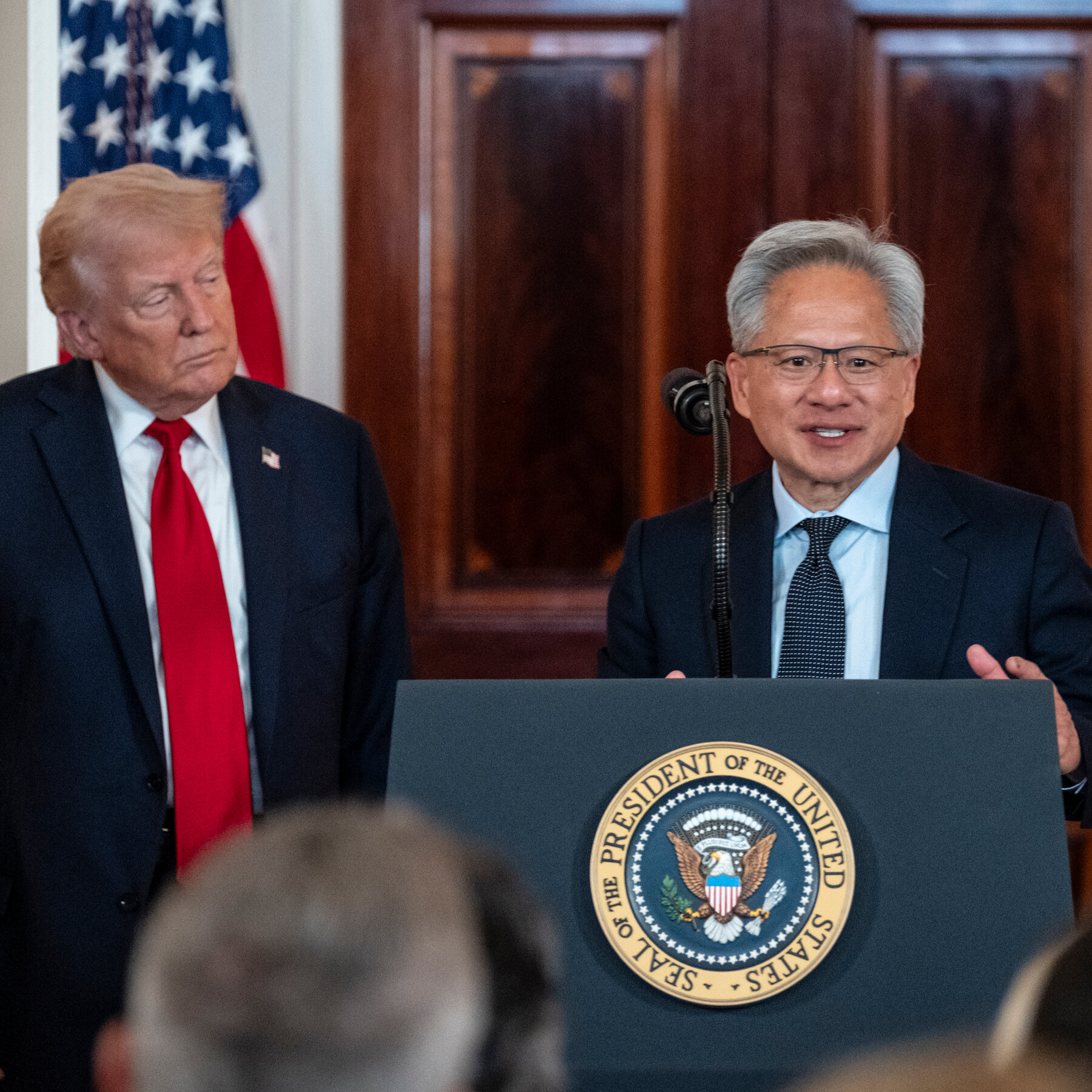
China’s economy grew at a steady pace in the spring, according to official figures, bolstered by domestic investment in factories and big projects like high-speed rail lines and a continued flood of exports throughout the world.
In the second quarter of the year, from April through June, China’s economy grew 1.1 percent over the previous three months, the National Bureau of Statistics announced on Tuesday. If that pace continues, the economy will expand at an annual rate of about 4.1 percent — only slightly slower than the growth in the first three months of this year.
The report on China’s gross domestic product, or G.D.P., shows how the country’s manufacturing-focused economy has endured President Trump’s steep tariffs, which briefly reached 145 percent in late April and early May. Trade data released on Monday showed that China’s exports to the United States began to rebound in June, after the countries reached a tariff truce in mid-May, but remain depressed.
China’s exports to other countries, however, have jumped, particularly goods sent to Southeast Asia — many of which are re-exported to the United States — and to Europe and Africa.
Retail sales in China fell slightly in June compared with May as the slow-motion crash of the housing market continued to weigh on consumer spending. That weakness underscored China’s increasing dependence on overseas demand to keep its ever-growing factory sector busy.

Takeaways: What the Latest Numbers Show
In the first three months of the year, the Chinese economy got a boost when many overseas buyers accelerated orders in anticipation of tariffs. Analysts had expected a weaker performance in the second quarter as a result, but that did not happen.
Output has been strong enough that some analysts have begun raising their forecasts for the entire year. One research firm, Oxford Economics, last week raised its prediction for 2025 to 4.7 percent from its previous estimate of 4.3 percent.
Factory investment is booming to meet export demand, even as a glut of capacity has driven prices for manufactured goods down sharply. Rapid construction of factories and high-speed rail lines have more than offset a plunge in real estate development, down 11.2 percent in the first half of this year.
Consumer spending remains the weak spot in China, and is still worsening. Retail sales of consumer goods were down 0.16 percent in June from the previous month, although still up 4.8 percent from a year earlier, the National Bureau of Statistics said.
“Domestic effective demand is insufficient, and the foundation for economic recovery and growth needs to be further consolidated,” Sheng Laiyun, deputy director of the National Bureau of Statistics, said in a statement.
China has been working to encourage spending, including with an extensive subsidy program that began last year. Working through its national government and provincial officials, China has provided subsidies for households to buy electric cars, air-conditioners and other manufactured goods, especially to upgrade to more energy-efficient models. Another aim was to help the country’s factories, many of which are losing money because of overcapacity and price wars.
But that program has been so popular that some city governments curtailed it in June after running low on money.
China’s economy looked particularly strong during the second quarter by Beijing’s preferred measure, growing 5.2 percent from the same period a year earlier. The quarter benefited from a lower base of comparison because the Chinese consumer subsidy program was only getting started in the spring of 2024, when growth was faltering.
Many analysts question the reliability of China’s growth statistics, which the government has long cited as a main gauge of its policies. The government’s target this year is for output to be “around 5 percent” higher than last year.

China’s Difficult Balance: Exports and Consumption
The Chinese economy faces two closely related problems: lackluster spending and a glut of goods.
The result has been a steady erosion in prices. Apartments, electric cars and many other big-ticket purchases are all becoming less costly.
“What do people say about buying an apartment now? They just want it to be cheap,” said Ma Yanghua, a real estate agent in Wuhan. “When buying things, everyone wants to get them as cheaply as possible; the cheaper, the better.”
A broad fall in prices, known as deflation, eats into company profits and can put downward pressure on wages. It becomes harder for households and businesses to earn enough money to repay their debts.
China has responded by reducing interest rates sharply. Rates on Chinese bonds are the lowest in 11 years. That has made it easier for real estate developers, manufacturers and other businesses to borrow money and invest.
The real estate sector nonetheless remains in serious trouble. After stabilizing last autumn and winter, housing prices are falling again.
Economists have recommended that the government put more money in people’s pockets so they can buy more goods. But the central government continues to emphasize frugality.
Pensions in China are already tiny — as little as $20 a month for rural residents — and the government said last week that they will rise only 2 percent this year.
Li You contributed research.






-3.png)



